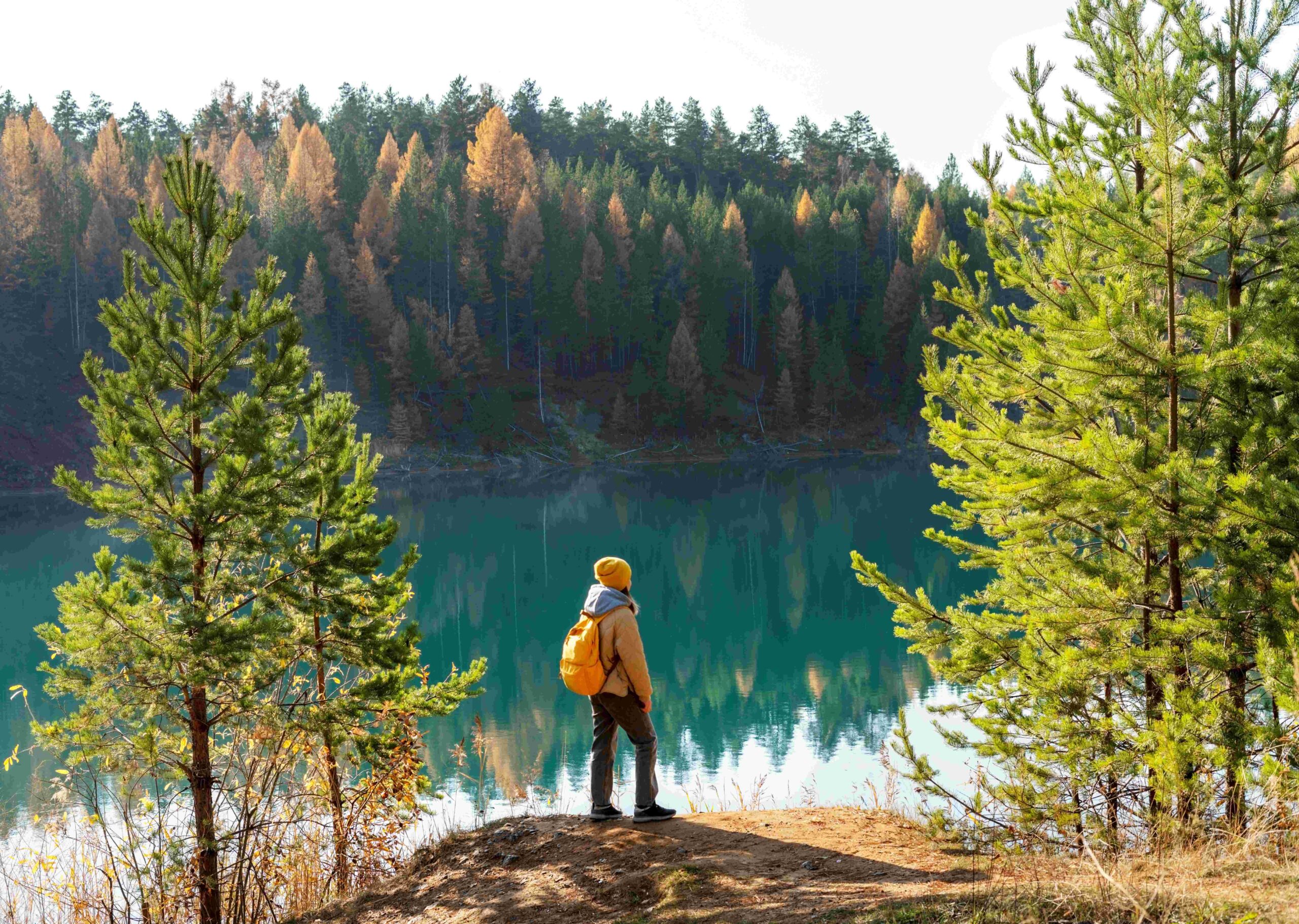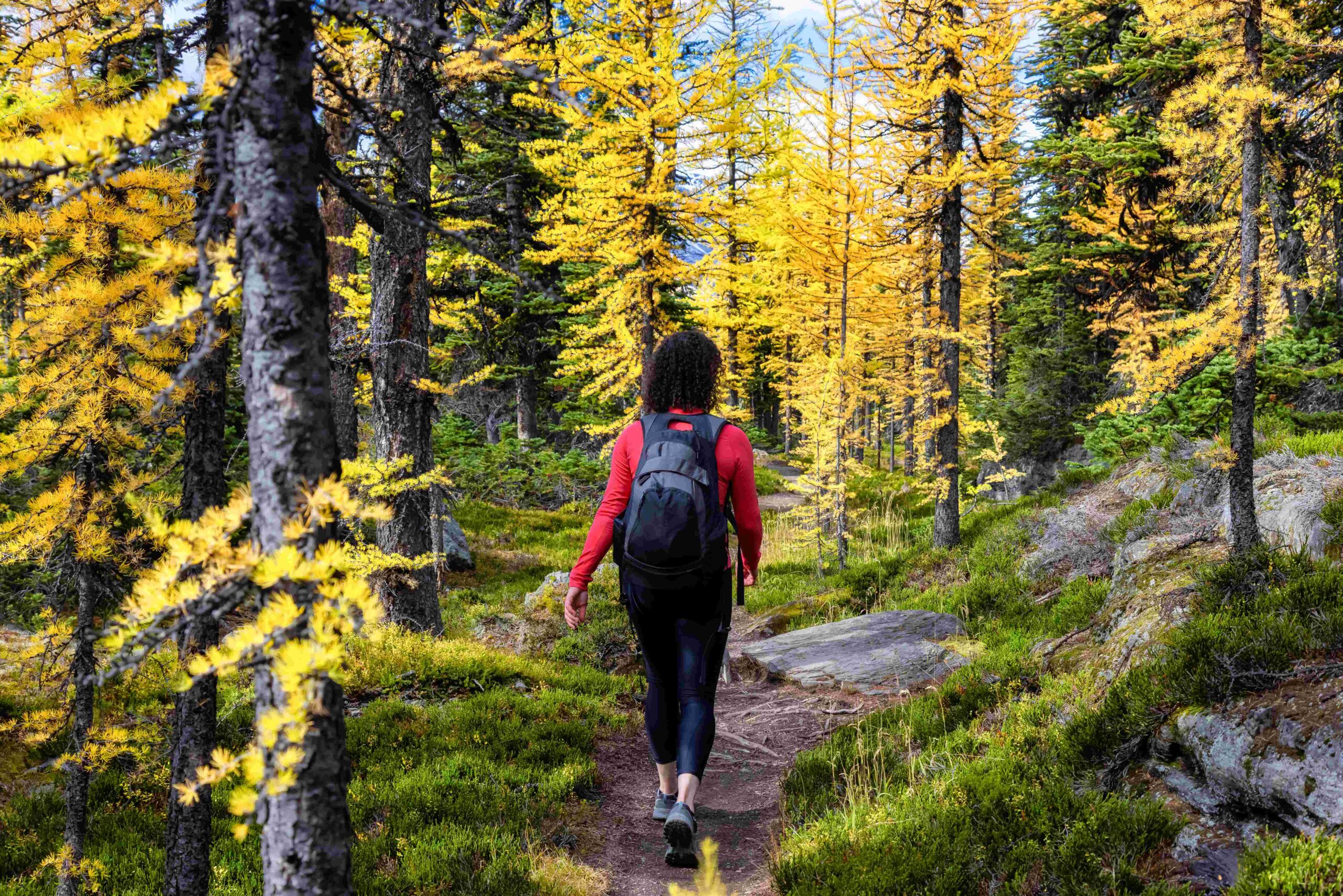Some trails start with a view. Others begin in shadow. In Winter Park, it’s not always obvious which will turn into which. That unpredictability — subtle, quiet — is part of why the best hiking trails Winter Park offers are not just routes, but moods. Especially in fall.
Early October carries a particular light here. Not warm, not cold — just angled. Leaves fall unevenly, depending on the slope and time of day. You might step into a rust-colored tunnel in the morning and find it gone by afternoon. And the sound? Always the same. Soft crunch underfoot, no matter how carefully you try to avoid it.
Some days, hikers stop not for views but for silence. Someone pauses near a creek bed. Another adjusts a backpack, slowly, like not to wake the hillside. Whether the route is planned or accidental, there’s always the sense that the mountain already knows you’re here — and it’s fine with that.
Trails for All Seasons
While fall might get the glory, Winter Park’s trail system stretches across all seasons. Spring wakes up slowly — snow patches linger on north-facing ridges into May. Hikers then often wear shorts and gloves simultaneously. It’s not a contradiction here, just preparation.
Summer trails pulse with green. Ferns at knee height. Thunderstorms that arrive without warning, especially midafternoon. Locals know to check sky color — not just apps. Trails like Jim Creek or Yankee Doodle double as weather observatories when you’re caught at the wrong elevation.
Winter? That’s trickier. Some trails close, others convert to snowshoe paths. But the lines remain — those familiar turns between aspens, now quieter, slower. A hike becomes more about pace than distance. And sometimes it’s enough to reach a bend, breathe once, and return.
Autumn Colors and Quiet Routes
By late September, the rhythm changes. Families thin out. Buses stop running as often. But the aspens start. Not all at once — some flare up gold, others hold back. On trails like Second Creek or Discovery Loop, you’ll find pockets of silence broken by birdcall or the distant echo of boots over wooden planks.
Afternoons are best. Not for photos — though they’re easy to take — but for air. There’s a weight to it. Thin, yes, but full. Even the dogs seem to walk slower, tails dipping just a bit lower than in summer.
Trail etiquette shifts, too. Fewer greetings, more nods. People step aside without speaking. You sense a kind of agreement: let the color talk.
Gear Tips and Trail Etiquette
One mistake: assuming the trail is short because it’s marked so. In Winter Park, elevation sneaks up on you. Always bring layers — weather turns in fifteen minutes or less, especially above 9,000 feet. Gloves in October are smart. So are wool socks, even when the sun’s out.
Poles help, particularly on wet leaves or gravel descents. And shoes? Leave new ones at home. Locals wear their boots half-beaten for a reason — grip improves with history. Sunglasses help even on cloudy days — snow glare or sharp angles of late sun can throw off your footing.
Trail etiquette isn’t formal but matters. Step aside uphill. If you stop, move fully off-trail. And when wildlife shows up — which it does — lower your voice instead of lifting a phone. That moment won’t repeat. Not quite the same way.
Even something as simple as where you pause matters. Avoid bottlenecks, and if you’re hiking with others, walk single file through narrow sections. It’s small, but it keeps the path from becoming a crowd — or worse, a corridor of noise.
Favorite Walks Among Locals
Ask ten locals and get twelve answers. Still, some names repeat. Jim Creek for the mix of water and canopy. Vasquez for its loops and solitude. Discovery Trail, oddly, for beginners and veterans alike — maybe because it reveals more the second time around.
But locals also talk about light. The way it hits a certain switchback just after 10 a.m., or how frost collects at the edge of a log bridge no matter how sunny the day is. These aren’t guidebook details. They’re lived ones.
Some also mention smell — how the air near the meadow trails turns slightly sweet after the first frost, or how bark feels damp to the touch long before snow actually falls. It’s not data. It’s a memory.
One resident once said, “There’s a place where the forest just stops talking — and that’s where I turn around.” No signpost marks it. No app records it. But if you go often enough, you’ll know.
